Fontainebleau Las Vegas is like a luxury space ship wedged into the corner of Elvis Presley and Las Vegas Blvd. “Giving Star Trek, but couture,” as one of my friends put it. That’s actually, yes. It’s all massive spaces, flowers, giant sculptures, escalators that trigger vertigo, and on. Think Miami’s pale pinks, shades of blue and gold, and breeze block-like patterns of bowties, circles and triangles. Like the namesake resort built in the 1950s, the Vegas property blends art deco with mid-century modern, though it’s not, like, so committed to the theme as to feel pastiche. I saw a woman get on the escalator in a bikini, Birks, and trucker cap, and she still looked like she belonged.
I was at Fontainebleau several times this past week scouting a project. The second time, I brought my laptop to do some writing too, because an idea occurred to me: The Strip is the perfect case study to describe how people embody roles within a system, and how relational energy moves through a system within these roles. Why didn’t I think of this before?



First, for this theory to make sense, you must do one thing. You must shift from thinking of the individual as a unit to considering the collective as the body: we’re speaking about how relationships work in systems, so the system is the organism.
Think of this system like you might a school of fish. For starters, schools have no leader. It’s a decentralized group, so decisions are emergent, not issued. Second, it’s a bit of a mystery how information travels so quickly in them. Finally, at the heart of a school are three principles: 1) stay in alignment; 2) stay close to nearby fish; 3) don’t crowd or touch other fish.


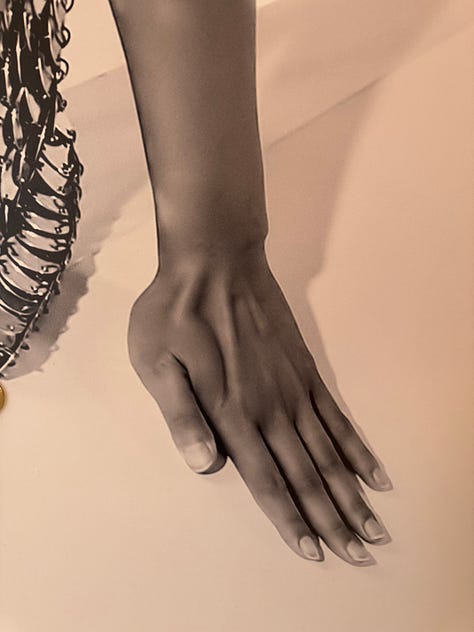
People exhibit more complex behaviors than fish, of course, but we school in a way—we’re drawn toward centers that unify and consolidate us. Fashion trends, market bubbles, political parties, and viral TikTok videos are a few examples of this. See a crowd gathered and intuitively move toward it? That’s school-like behavior. The person who sits too close to you on an empty subway? They might be forming a school.
Within these school-like systems, individuals play distinctive roles that allow the composite body to undulate and evolve. There are seemingly infinite stripes and nuances of roles, but they also fall into specific, broader categories.
Here’s where Vegas becomes a great lens to see this: for decades, we’ve enticed people to come to Vegas to play a new role in an exaggerated, theatrical, or taboo way, no strings attached.
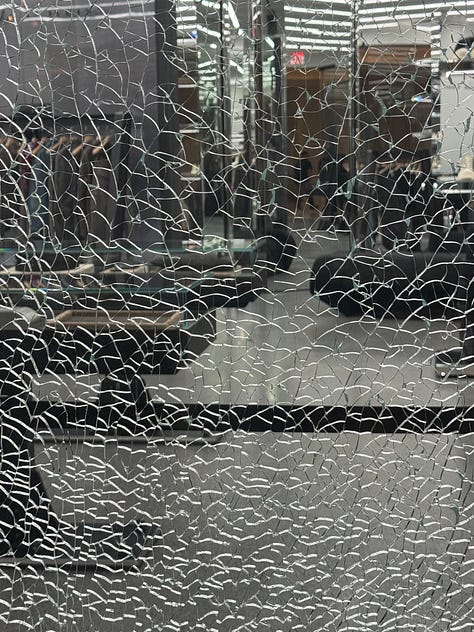

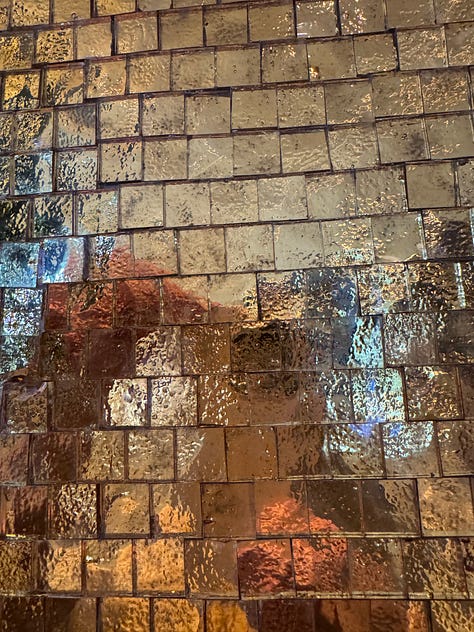
Vegas is a hyperreal, closed system, isolated by the Mojave desert. We like to promote that there’s infinite freedom here, but, in fact, there are specific roles that need to be filled in order to maintain the system’s equilibrium and allure. It’s tempting to say these are Vegas archetypes—that’s how marketers would define it. But I want to suggest that these are collections of behaviors, not identities. We think of identities as fixed, behaviors as fluid.
The high roller is one example of a Vegas-specific role. The high roller owns the place, big-spender or not. Confident. Self-assured. Lots of masculine energy. Or, conversely but related is the role of showgirl. All the world’s a stage. This person is sexy and knows it. Self-assured, seductive, stoking the attention of one-to-many.
The rock star has an entourage in tow, whether a bachelor, a bride, or someone celebrating a birthday. It’s their show, and everyone else is here to serve. The lost soul, on the other hand, is overwhelmed by Vegas’ excess and sadness; their internal architecture cannot withstand the scale and scope of all that rings hollow.
To the elitist, Vegas is cringe. It is basic and embarrassing, a playground for the unenlightened … you may as well be on a Greyhound bus. But to the cosplay capitalist, luxury is everywhere, from high-end retail to spas to exclusive nightclubs. They’re here to get glam and spend.
The pilgrim travels to worship at the altar of their favorite musician, chef, or sporting event. They are seekers of transcendence and transformation. The magician transforms in a different way—master of misdirection, they know how to hide their pain, or loneliness, or even a marriage. Finally, the wizards are the dealers, valets, desk clerks. It’s anyone who sees and knows all, and is willing to suspend reality for guests.
There’s more roles that need no explanation, including the gambler, the enabler, the tagalong. What’s key is that each role is dependent on the others. They move together, and we occupy roles dynamically, sometimes loosely, shifting and maneuvering to maintain connection and balance as a whole.
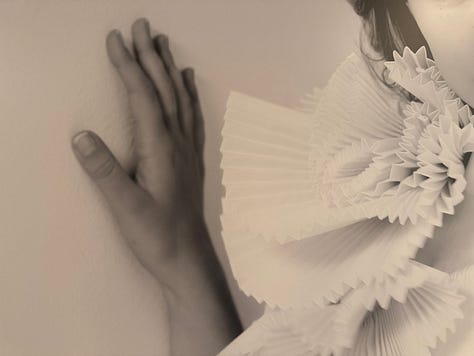

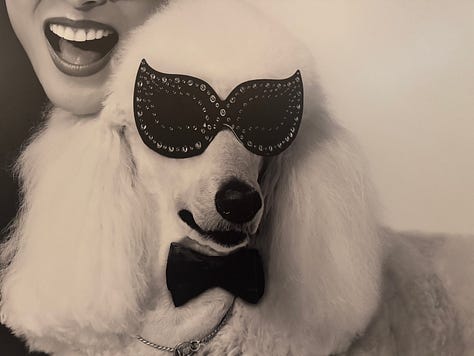
If you’ve been to Vegas, consider the roles you’ve played. You may gravitate toward one or two more readily, but the request I’d make is to remember that your role isn’t you. We assume roles depending on what is available, or absent, or what we intuit the collective might need. If certain roles are occupied, we fill in the gaps, being careful not to crowd.
I noticed this for the first time on a trip to Vegas for a conference. One of my colleagues, who I would describe as very thoughtful and introverted generally, emerged as the high roller! They had an aura of confidence and power here, as if they were a casino owner in a past life. (This person also had the company credit card to pay for rooms and meals, so that helped elevate their role.) In that particular system, I was a tagalong, happy to follow the crowd. But I also learned how to be the high roller by observing.
Today, when people come to visit, I often adopt the role of wizard because I know how to navigate the city. When I am with elitists, critical of Vegas, I become a bit defensive, more like the partier who doesn’t take it all so seriously. If I’m shepherding lost souls, I take them under my wing. I’ve got you, little one. Come, follow me into the brightly-lit night. I know what I’m doing. … I am the rock star.
Now, circle back to why this is useful. Each of us can learn to shift the dynamic of a system, any system, by broadening the range of roles available to us. When people fuse with a single role—when they believe their role is who they are, the system around them begin to lose its dynamic energy and flow. It begins to wither or collapse from within.
In contexts outside of Vegas, on a team, for example, you might play the role of leader, but someone else might be the emotional leader. You might gravitate toward the role of skeptic or devil’s advocate when it feels like a system is succumbing to group think, or you might also be the clown when the dynamic feels heavy. You might gravitate toward the edges as a lone wolf. You might cast yourself as the responsible one. These are just a few examples.
It’s true that we may be more experienced at occupying some roles than others. Some might be our comfort zone, or have aspects assigned to us per our title or culture. But that doesn’t mean other roles aren’t available. Get a little experimental—if you usually cast yourself as the driver of change, see what happens if you take a back seat. If you’re the peacemaker, get feisty. If you generally take up very little room, be a diva! If you’re often serious, relax a little. Experiment. To do this intentionally can feel unnatural at first, but I guarantee, you will be surprised by the outcome. When you change, the entire system evolves to maintain balance. It happens in an instant. Just watch.
The first time I was challenged to try this, I was assigned to play the role of a diva. It was painfully awkward. This was in a coaching training, so I had to stand up and act like a diva in front of 30 strangers. I truly did not know what to say or do, and I remember going home and googling “how do I act like a diva?” That’s how foreign it was to me.
Learning to broaden your range in this way is the applied craft of an actor. The goal isn’t to manipulate or deceive, but to become more flexible, because when we moderate how we show up, everyone else gets to change, too. If you’re enticed by this and want to experiment—as an individual or with your team as a whole—please reach out. It’s really fun work, and I’d love to help.




